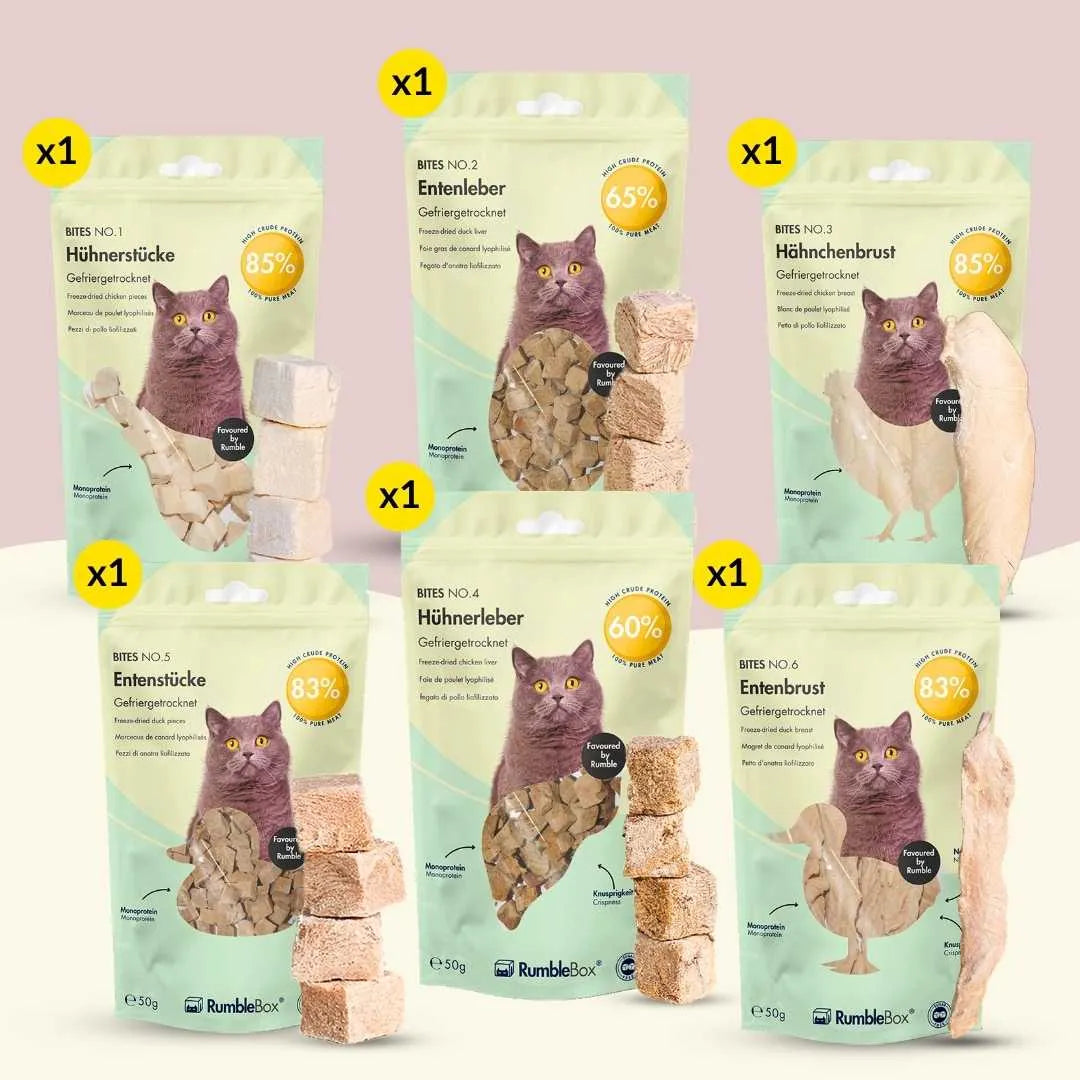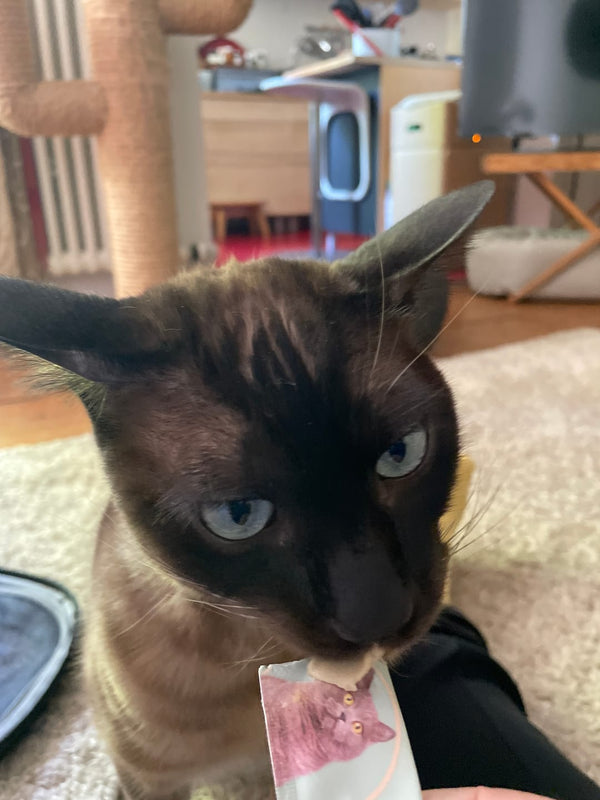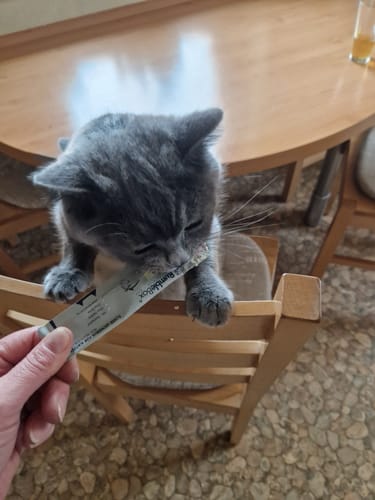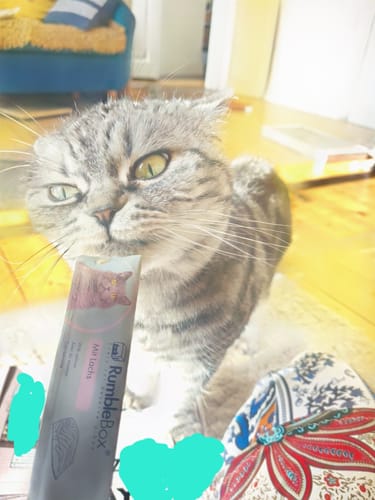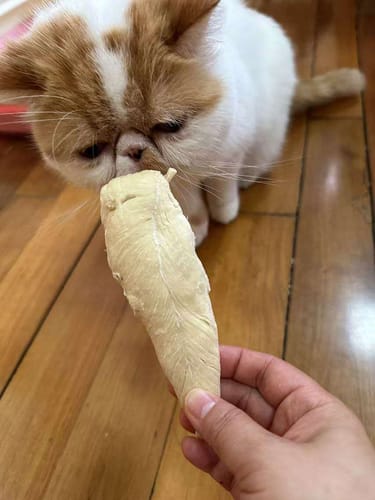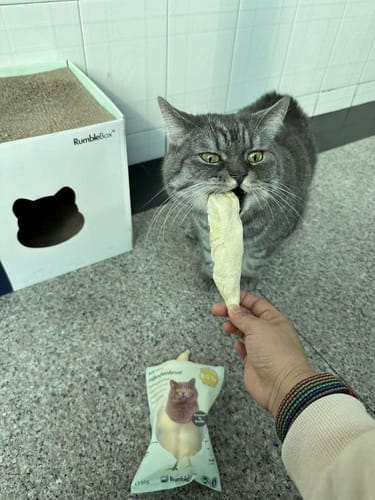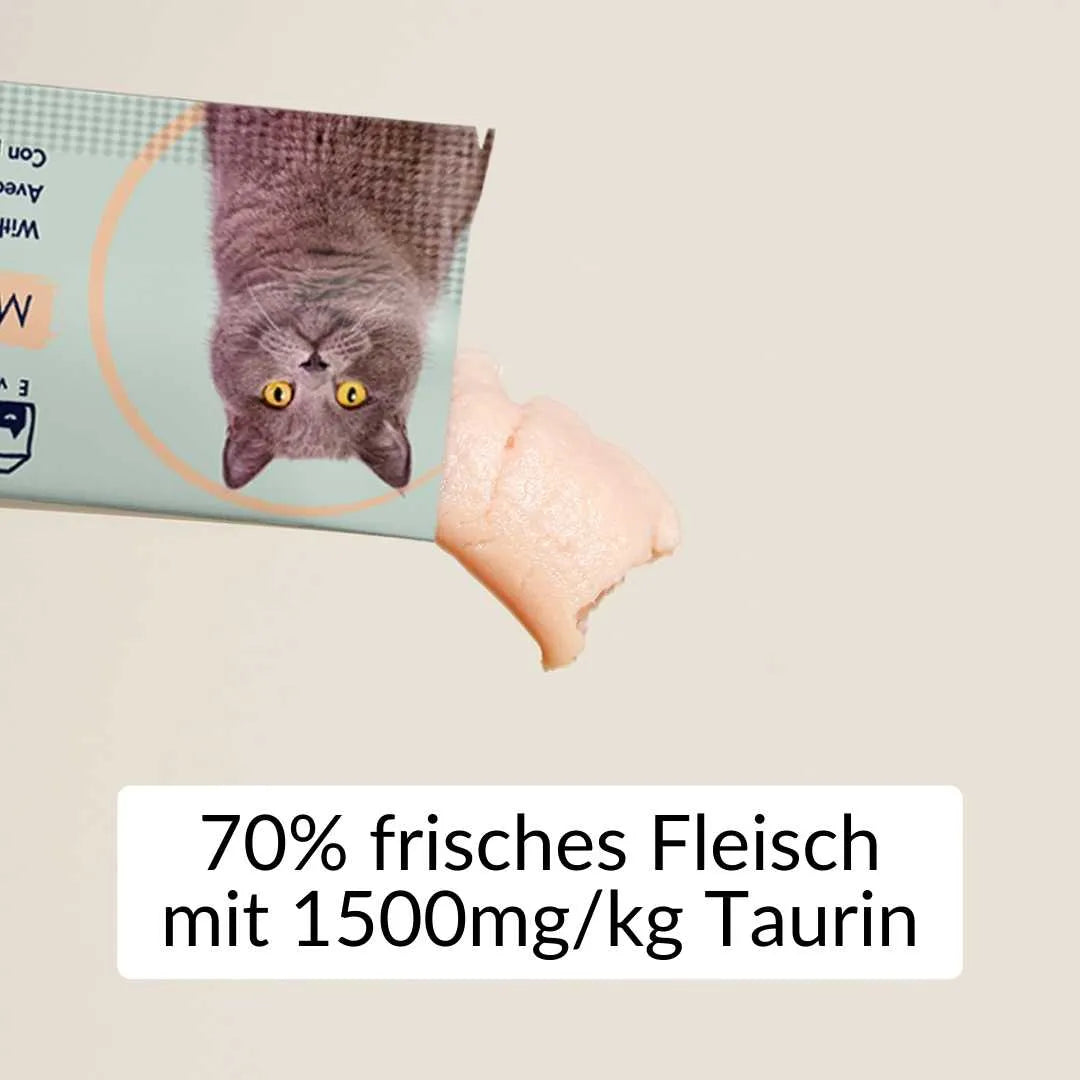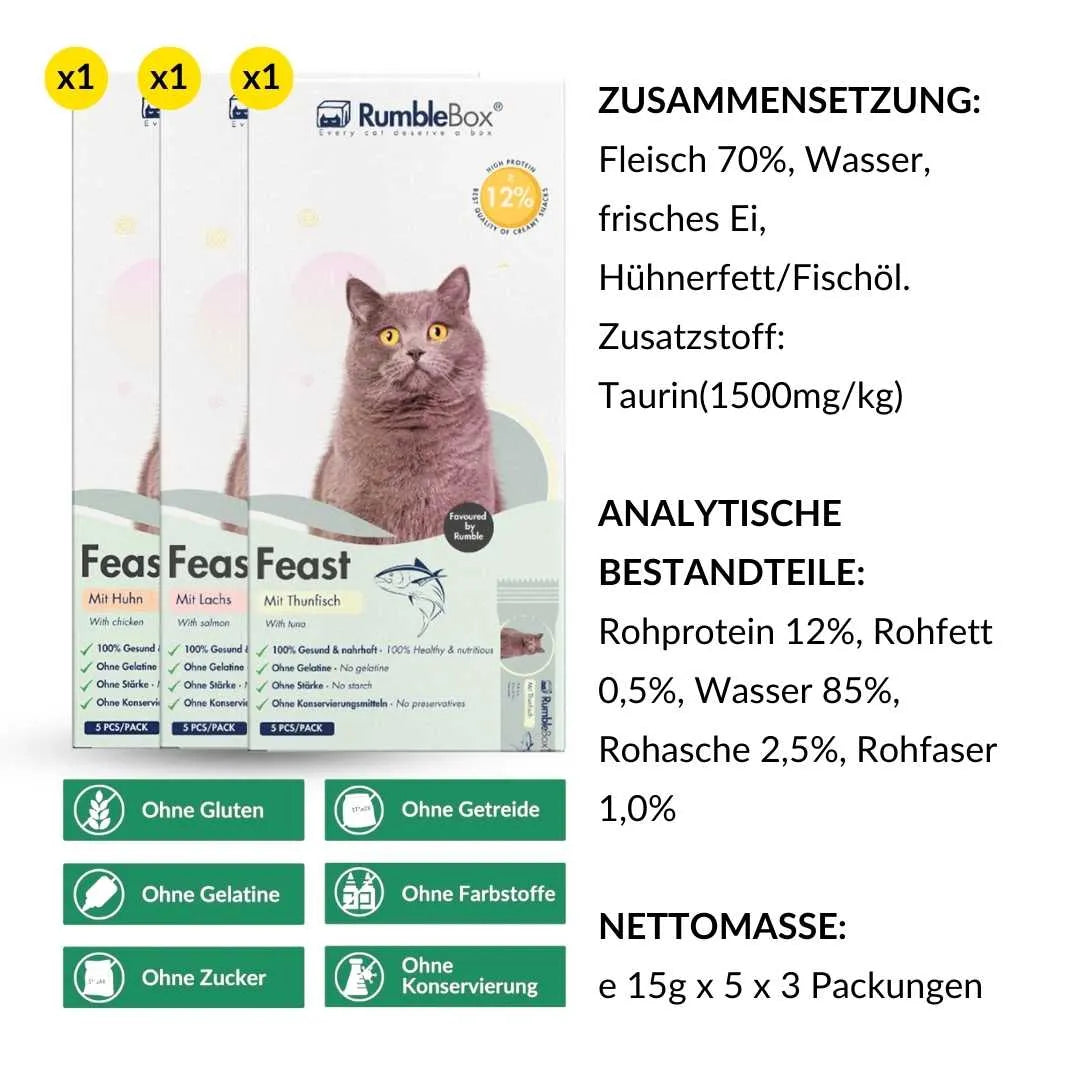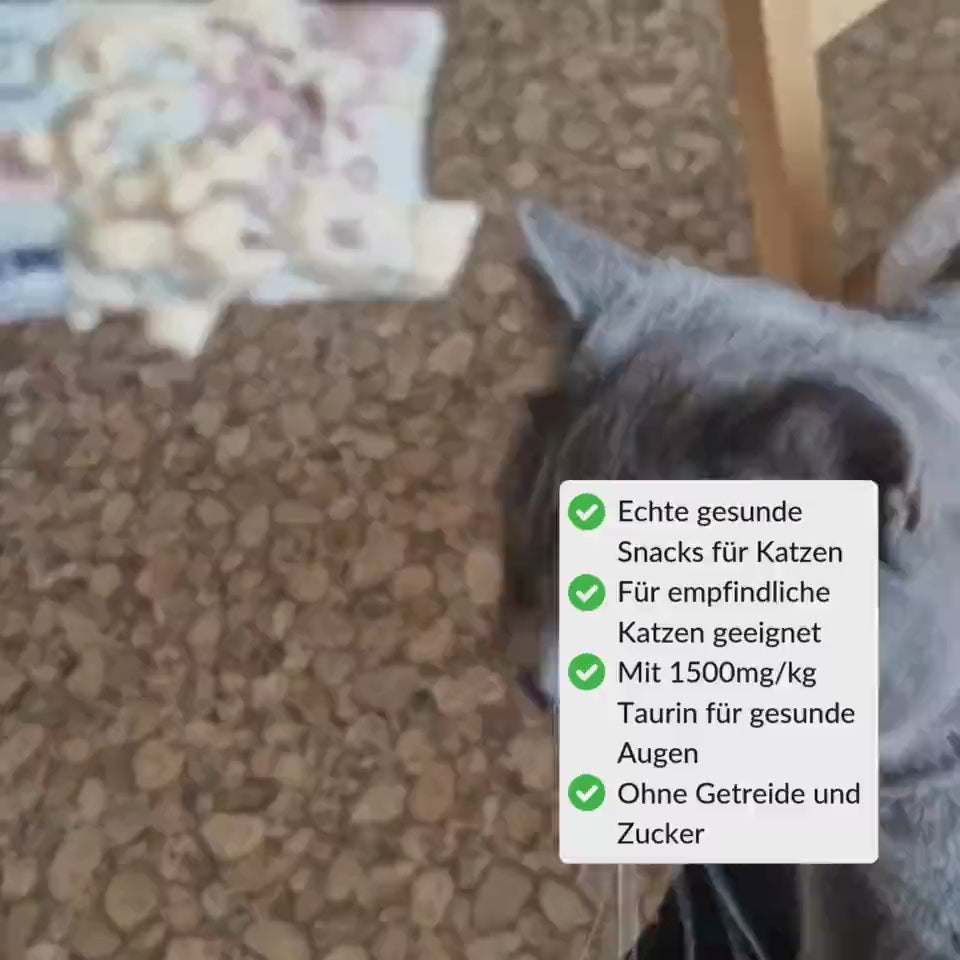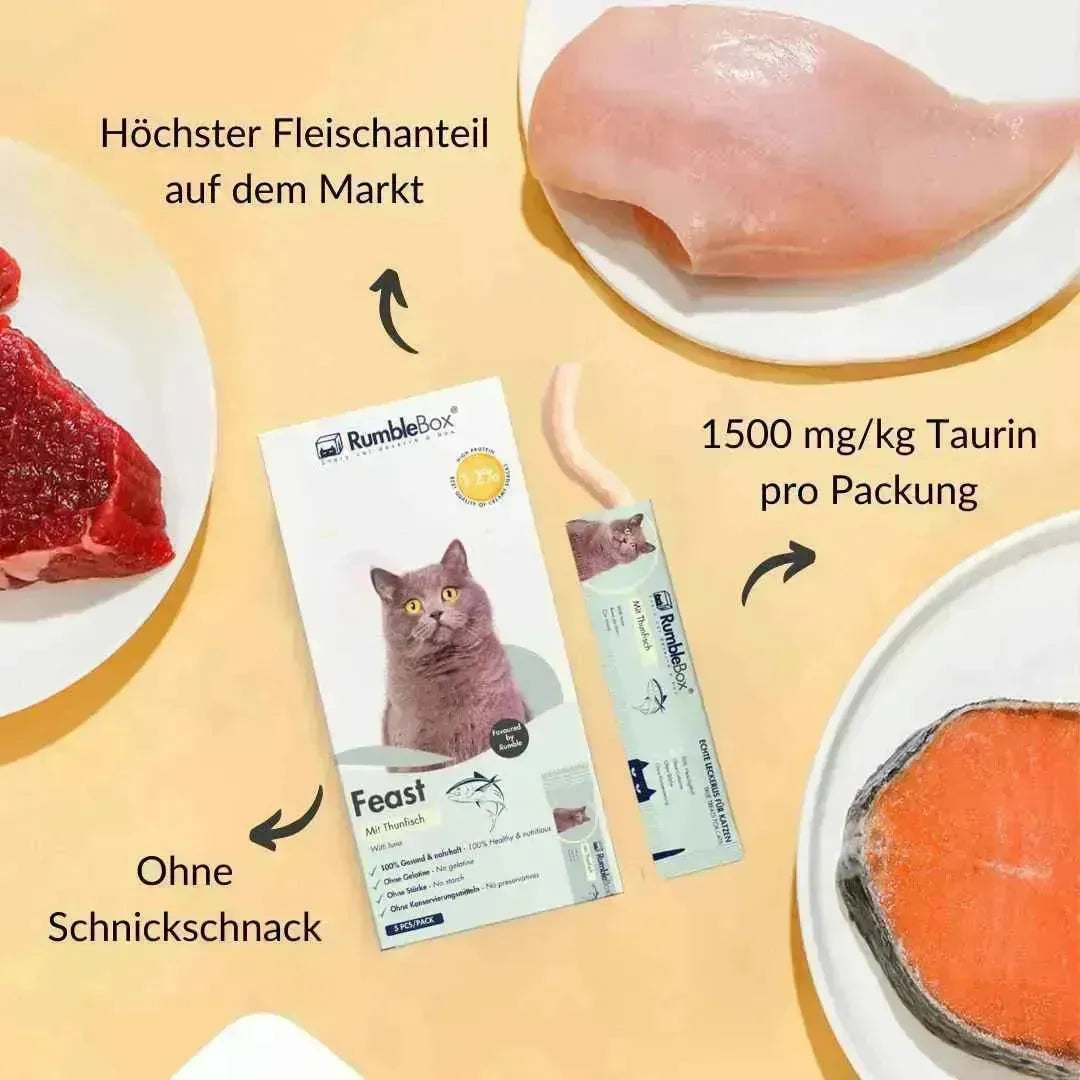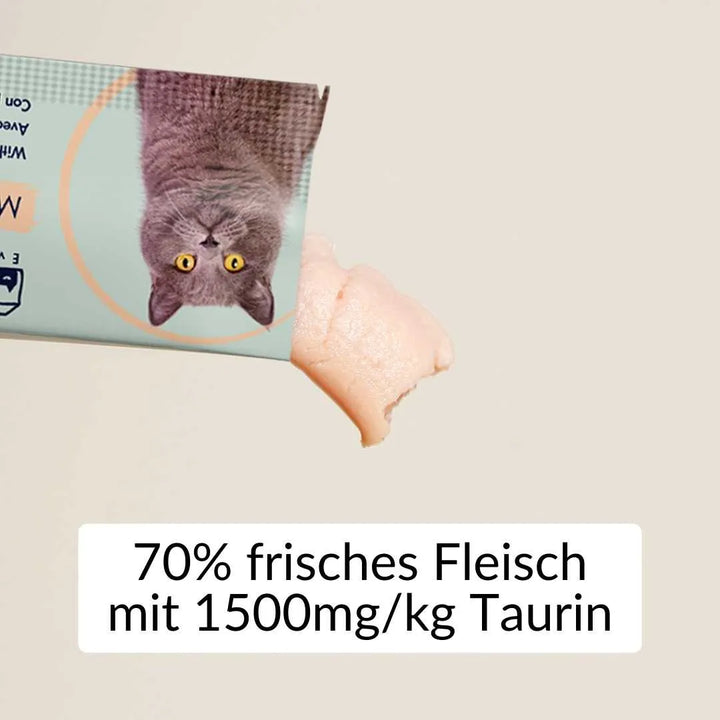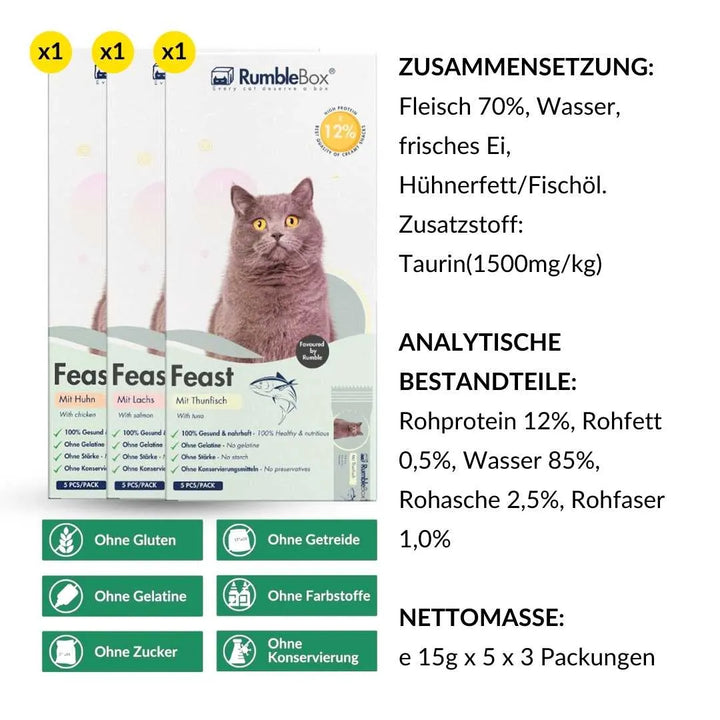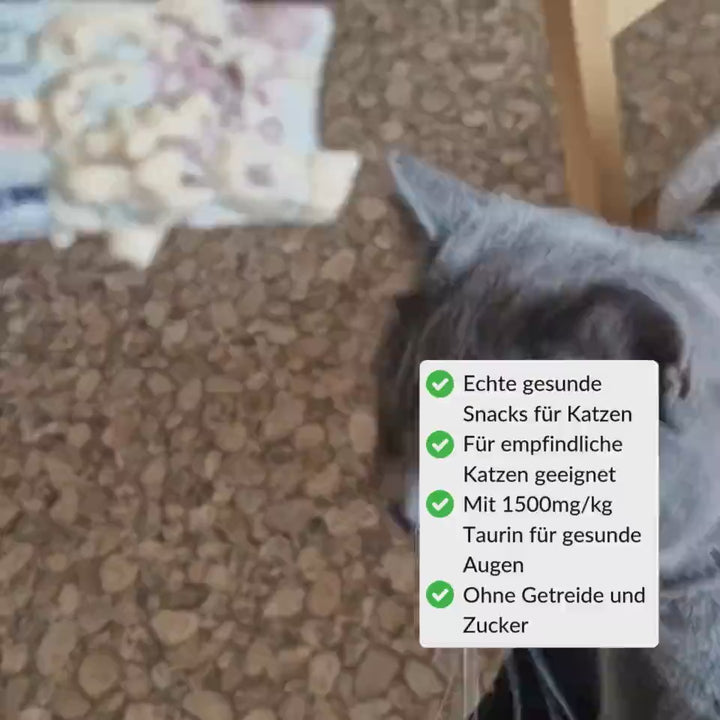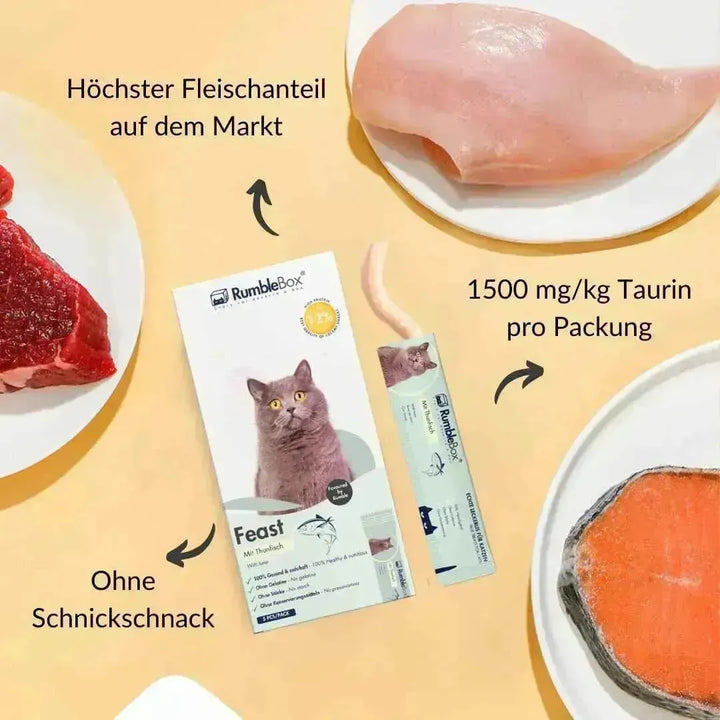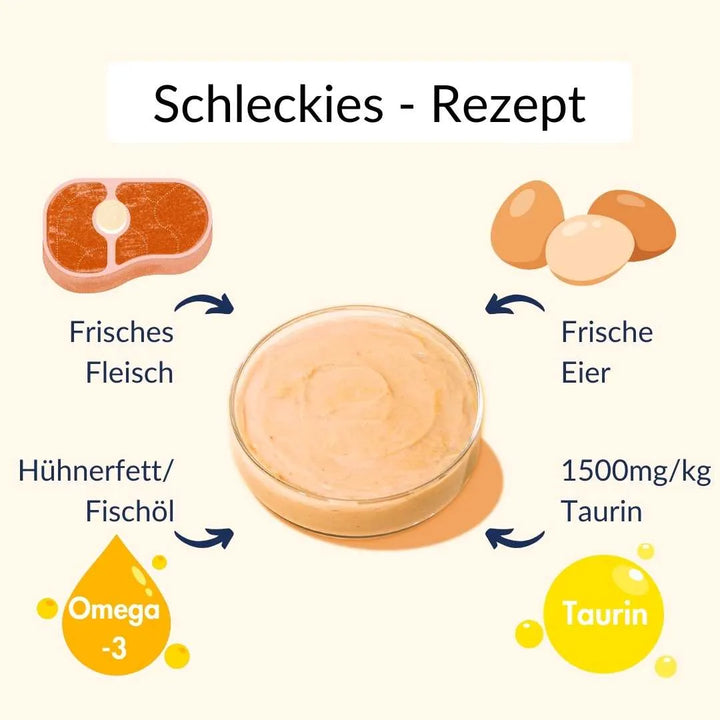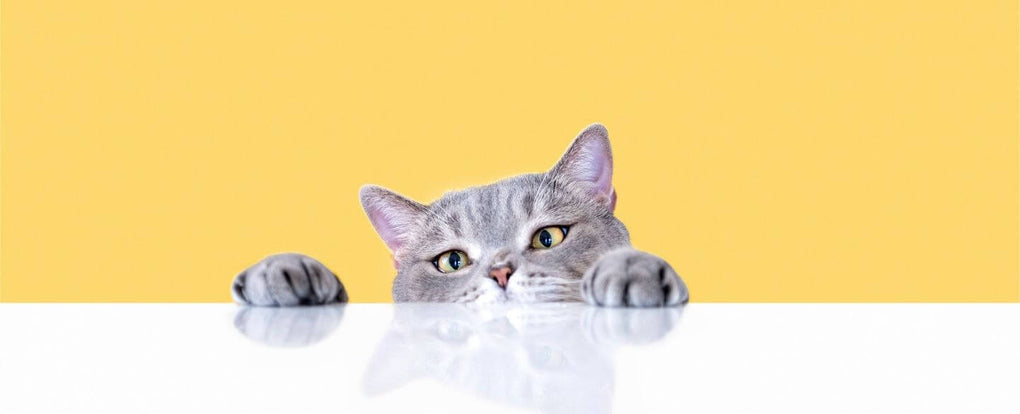Diabetes in cats: feeding tips and care at a glance
In recent years, an increasing number of cats have been diagnosed with diabetes. Domestic cats are particularly affected if they are overweight, elderly, or inactive. Unlike humans, cats cannot directly communicate that they are unwell. Therefore, the disease is often not diagnosed until it has already progressed.
Today we want to understand what feline diabetes is. We want to know how the disease develops. We'll look at which factors increase the risk. We'll approach the topic step by step.
1. What is feline diabetes?
Feline diabetes (diabetes mellitus) occurs when the body either doesn't produce enough insulin or the body's cells no longer respond adequately to insulin . The result: glucose remains in the blood instead of being absorbed into the cells, causing blood sugar levels to rise dangerously.
Insulin is produced in the beta cells of the pancreas and is crucial for sugar metabolism.
Typical causes:
📉 Too little insulin (beta cell failure)
🚫 Cells do not respond to insulin (insulin resistance)
Without treatment, feline diabetes can lead to dehydration, electrolyte imbalance, ketoacidosis, and, in the worst case, death.
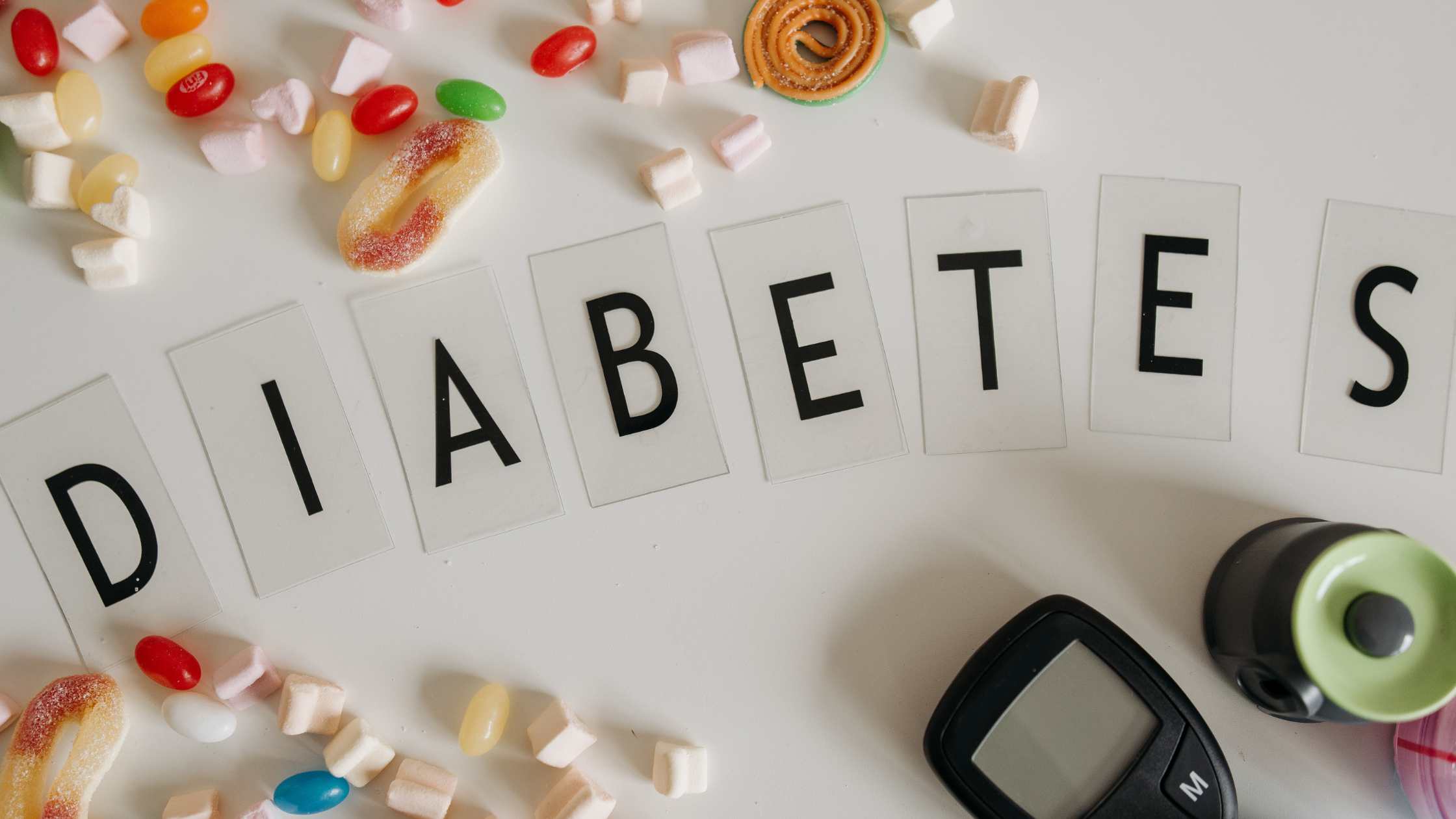
2. What types of diabetes are there in cats?
Type 2-like diabetes (most common form)
-
Most commonly occurs in overweight, older cats
Insulin resistance in the foreground
Can be stabilized in early stages by diet alone
Type 1-like diabetes (rare)
Absolute insulin deficiency
Lifelong insulin therapy necessary
Often a consequence of chronic pancreatitis or autoimmune processes
📌 Around 90% of all cases of diabetes in cats correspond to the type 2 model – with a good prognosis with early diagnosis and an appropriate diet.
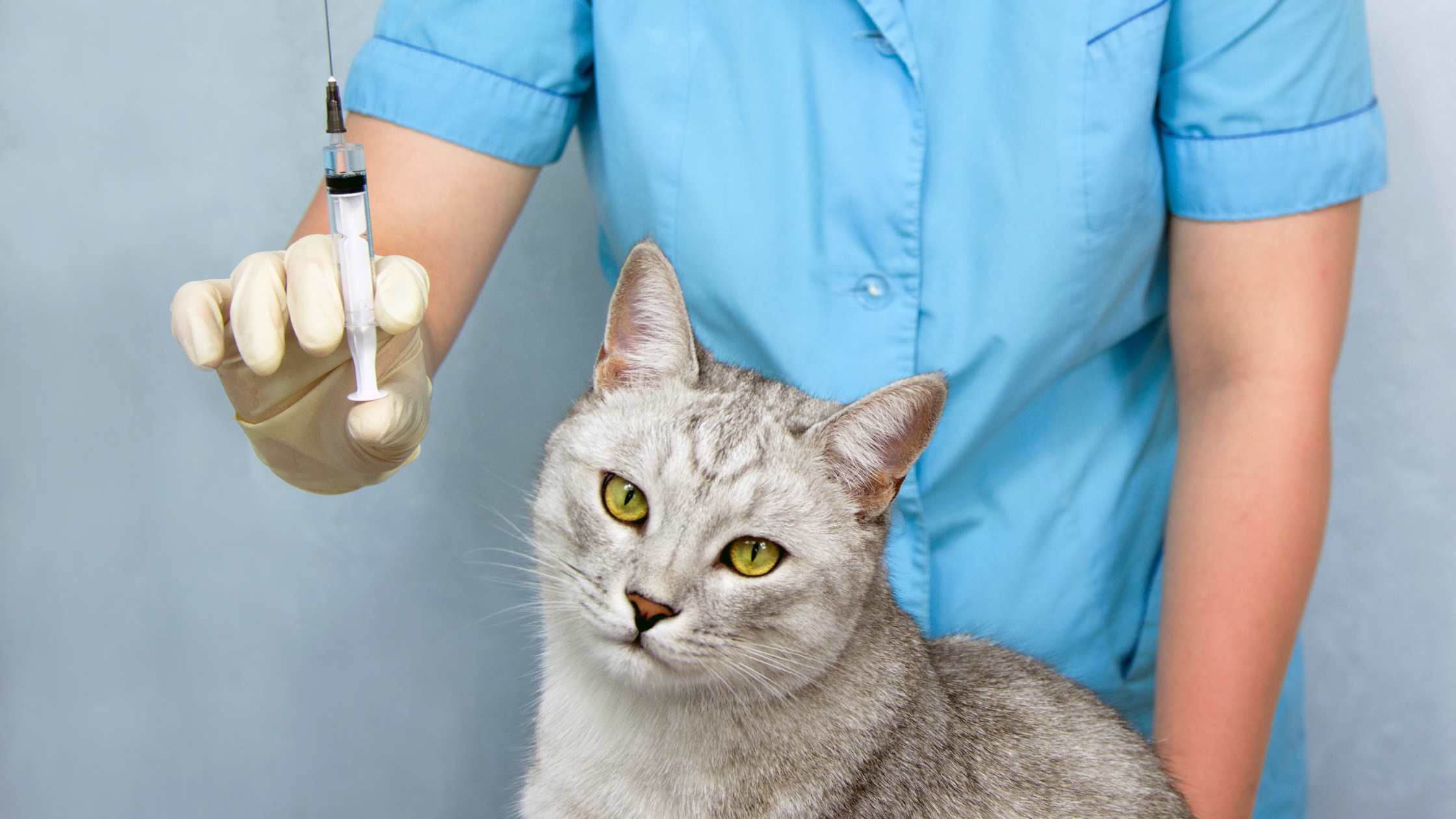
3. How does sugar metabolism work?
For healthy cats:
Food → Carbohydrates → Glucose → Blood
Pancreas secretes insulin
Glucose enters cells → energy supply
For diabetic cats:
Insulin is missing or does not work
Glucose remains in the blood → hyperglycemia
Cells “starve” despite high blood sugar levels
4. Early signs of diabetes in cats
Cats often hide pain or discomfort well, so it's important to pay attention to subtle changes in behavior:
symptom |
Explanation |
|---|---|
Increased thirst |
Glucose draws water out of the body → increased urge to urinate |
Frequent urination |
Sugar in urine has a diuretic effect |
Weight loss despite appetite |
Energy cannot be recycled |
Laziness and tiredness |
Cell energy deficiency due to insulin deficiency |
Dull, matted fur |
Protein deficiency affects coat quality |
⚠️ Tip: Diabetes can be present even without clear symptoms. Annual blood sugar or urine testing is recommended for cats over 7 years of age.
5. Which cats are particularly at risk?
Statistical values:
About 0.5–1% of all cats develop diabetes
In overweight cats the risk is over 5%
Risk factors:
Age: over 7 years
Gender: Male cats are more frequently affected
Obesity
Lack of exercise
High-carbohydrate diet
Pre-existing conditions such as pancreatitis or cortisone administration
⚠️ But it's not just overweight cats that are affected. Normal-weight cats can also develop diabetes – for a variety of reasons:
Possible causes in normal weight cats:
Genetic predisposition
Chronic pancreatitis
Long-term administration of corticosteroids
Older age
What you can do:
Don't rely solely on weight.
Observe your cat's behavior and energy level.
Have blood sugar and urine tested regularly – especially in older animals.
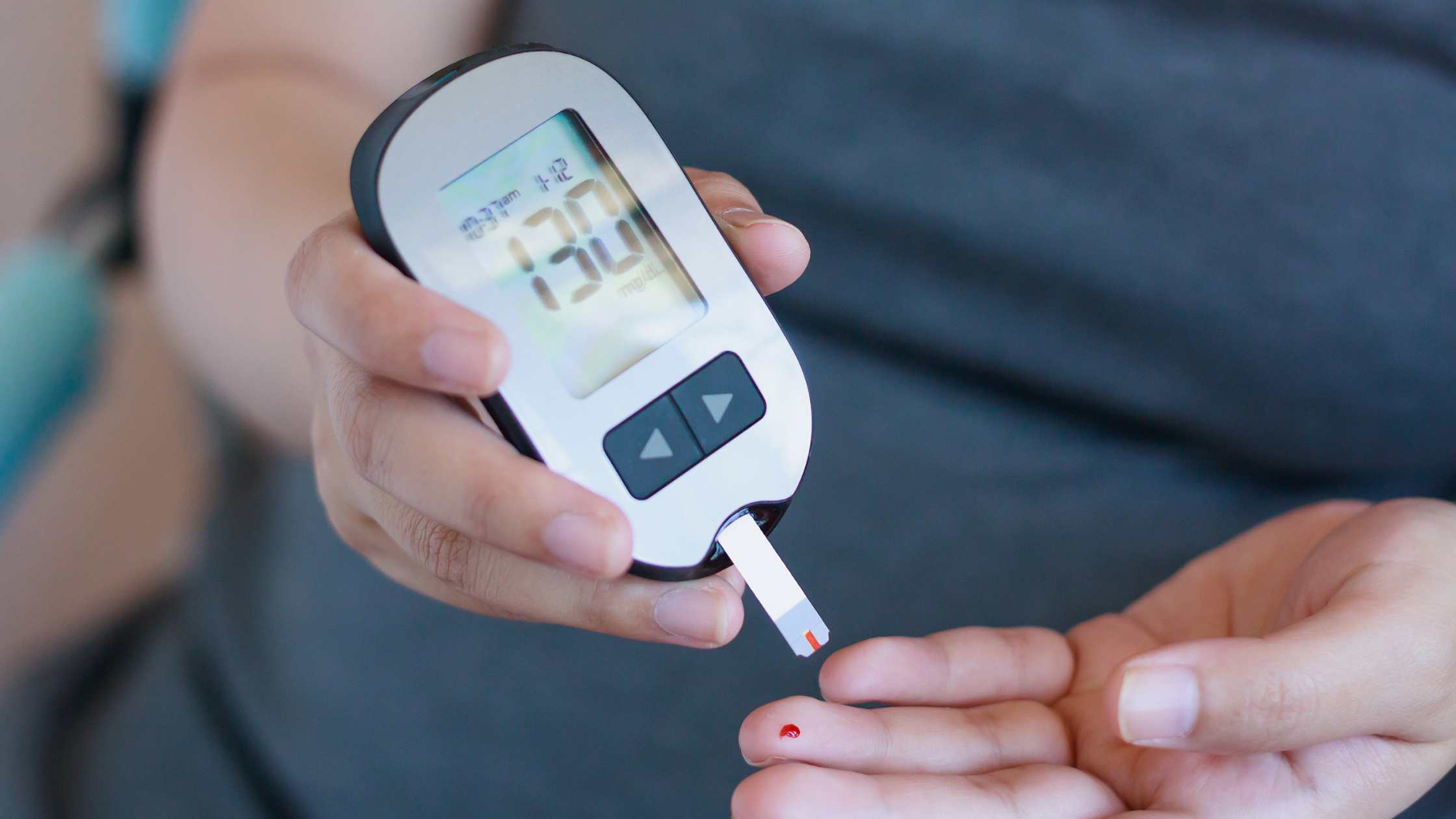
6. Breeds with increased risk of diabetes
race |
Scientific justification |
|---|---|
Maine Coon |
Large body mass, little exercise, tends to be overweight – belongs to the risk group. |
Siamese |
Studies show genetic metabolic disorders, particularly reduced insulin sensitivity. |
Burmese cat |
Australian and British studies confirm: highest diabetes rate among all domestic cat breeds. |
British Shorthair |
Common domestic cat, prone to obesity, inactive, with a clear tendency towards metabolic syndrome. |
📌 Prevention starts early: weight control & appropriate nutrition from kitten age.
7. The role of nutrition in feline diabetes
Nutrition plays a central role in treatment – and it is best to start with a suitable cat diabetes food that is tailored to the specific needs.
Cats are obligate carnivores—their metabolism is optimized for animal proteins. They barely need carbohydrates, and many even process them poorly.
❗ A diet that is too rich in carbohydrates:
Increases blood sugar
Promotes insulin resistance
Worsens symptoms
👉 Read more: Taurine for cats: Essential amino acids at a glance
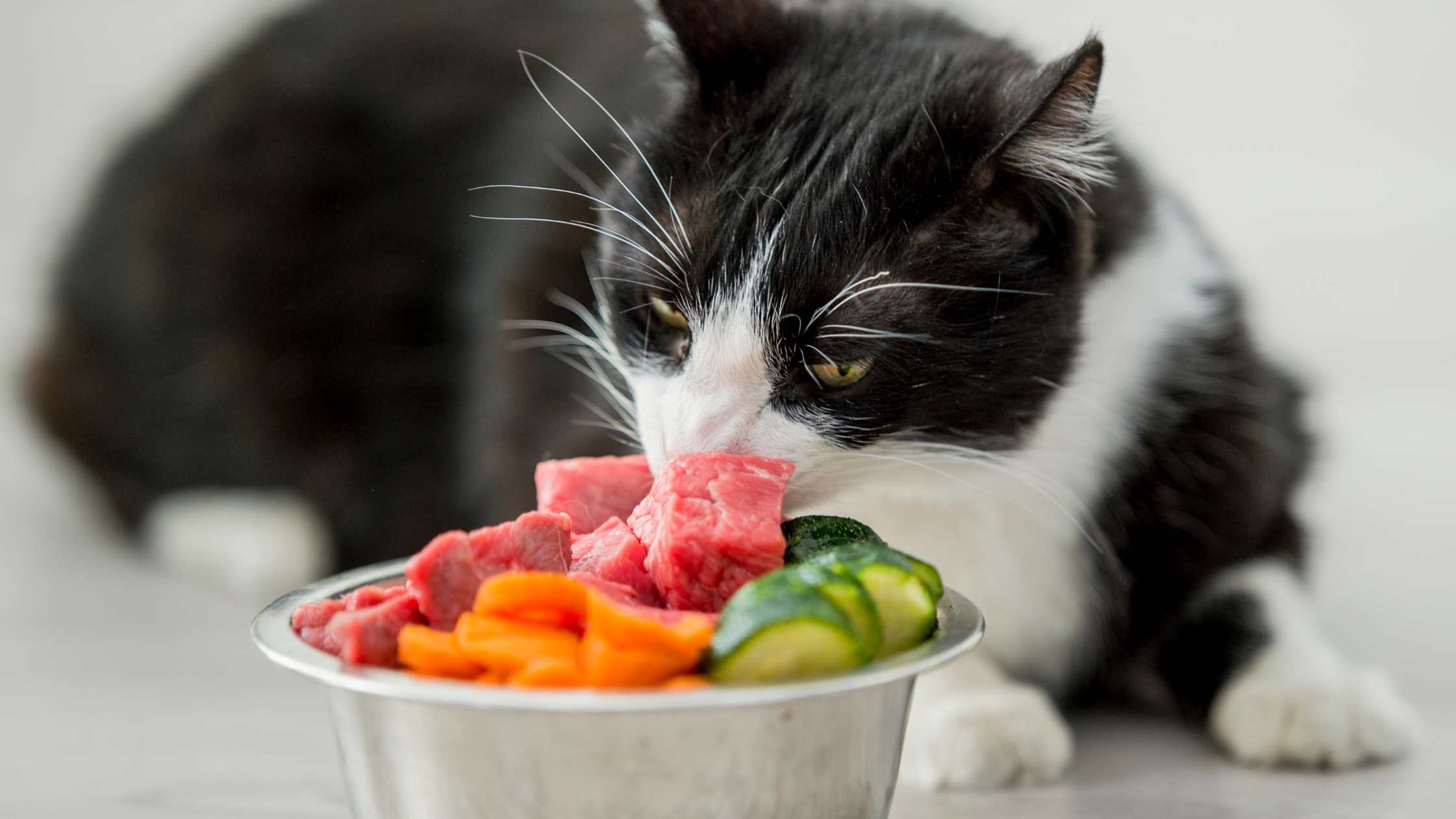
Unsuitable and sometimes dangerous:
Sweets, cakes, human snacks
Dry food with a high grain content
Dairy products
Fatty meat (e.g. pork belly)
Onions, garlic, raw eggs
👉 Read more: Sugar in cat food: How harmful is it for cats?
8. What is optimal diabetic food for cats?
The right food is an important part of treatment. It helps stabilize blood sugar. It supports weight regulation. It provides the cat with all the essential nutrients.
A good diabetic cat food is specially formulated to take into account the altered metabolism associated with diabetes. It relieves stress on the body and improves well-being.
✅ Important properties of a suitable feed:
High animal protein content: Cats are carnivores. They need animal protein for their muscles. This is especially important for weight loss.
-
Low-absorbable carbohydrates (less than 10%): Sugar and starch cause blood sugar to rise. This puts a strain on the body. Therefore, the carbohydrate content should be as low as possible.
Fiber for blood sugar control: Soluble fiber slows the absorption of sugar, ensuring stable blood sugar levels. At the same time, it promotes digestion.
Low fat: Many diabetic cats are overweight. Eating less fat helps with weight loss, improving insulin sensitivity.
❌ You should avoid these ingredients:
Sugar and artificial additives: Sugar has no place in the food bowl. Hidden sugar in sauces or gels is also problematic.
Grains: Corn, rice, and wheat provide a lot of carbohydrates. They are unsuitable for cats with diabetes.
Ambiguous ingredient information: Vague terms like "meat and animal by-products" don't really convey much. Pay attention to precise labeling. This way, you'll know what's in it.
9. Conclusion
Diabetes is not a death sentence. With a well-balanced diabetes food for cats, regular care, and plenty of love, you can give your four-legged friend a healthy life.
What counts:
Species-appropriate nutrition with a focus on protein and low carbohydrates
Keep an eye on your weight and activity
Close cooperation with veterinarian or animal health practitioner
Your attention and knowledge are the greatest gift you can give your cat.
Thank you for reading this far – it really means a lot to us! We hope you found something useful and maybe your cat is already looking forward to a little something extra. See you soon and lots of purrs!
By the way
Many cat owners pay close attention to the ingredients in their cat's main food , but often forget about treats .
Snacks often contain sugar, grains and artificial additives that can be harmful to health in the long run.
Anyone who truly wants to feed their cat a completely healthy diet should also rely on natural ingredients here:
Hypoallergenic treats without additives – naturally from RumbleBox. Perfect as a reward, during training, or simply as a snack.
Over 2,500 cats have already switched to healthy snacks!
💚


